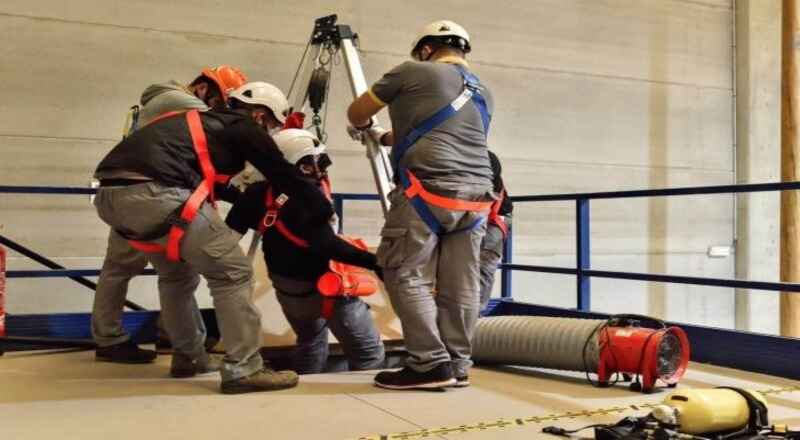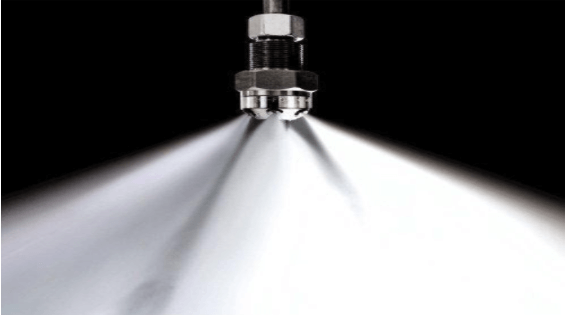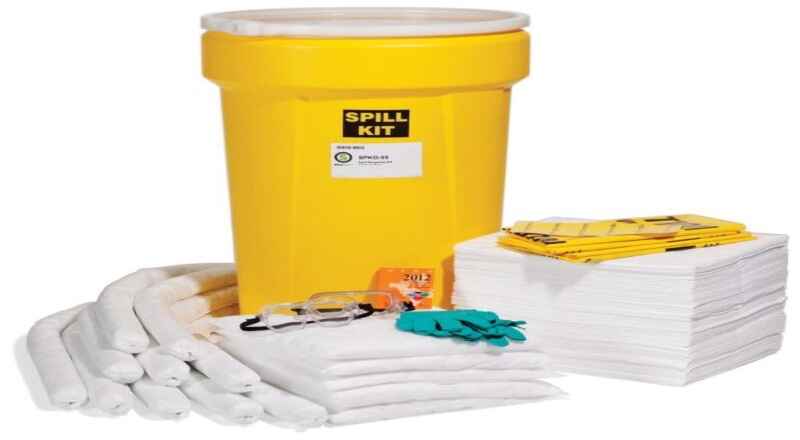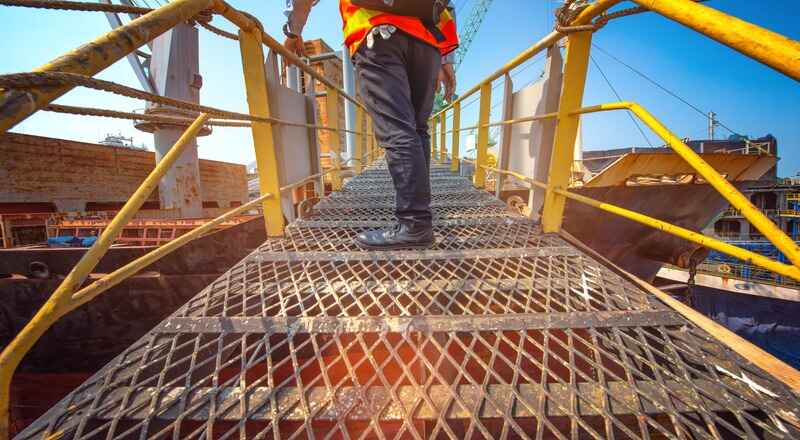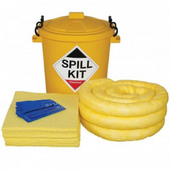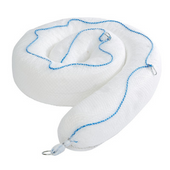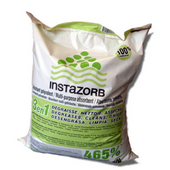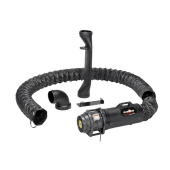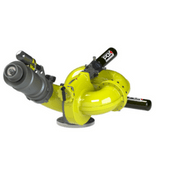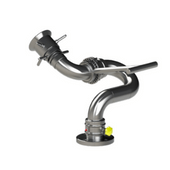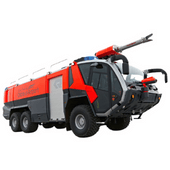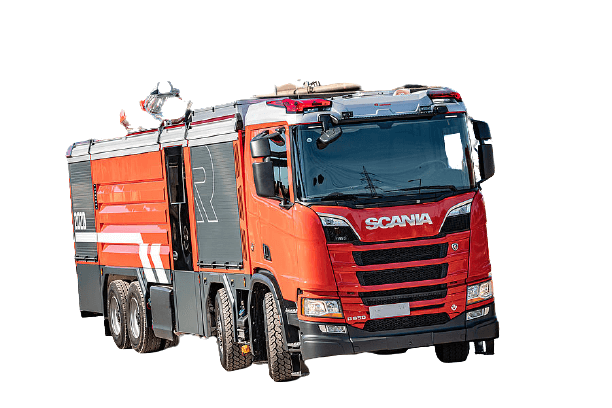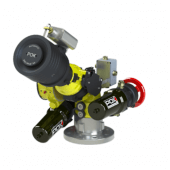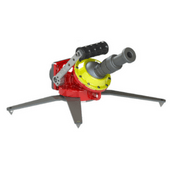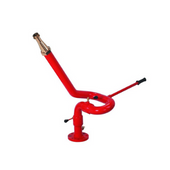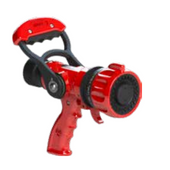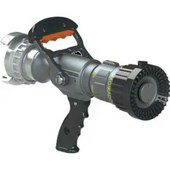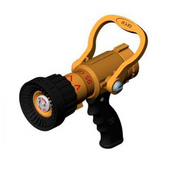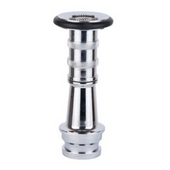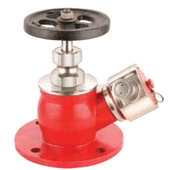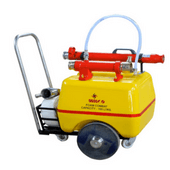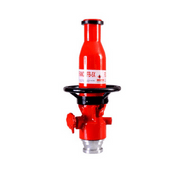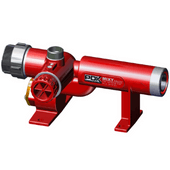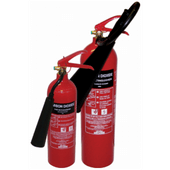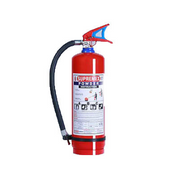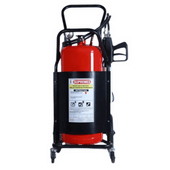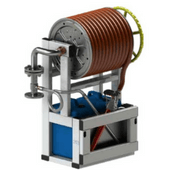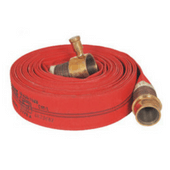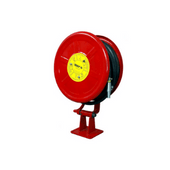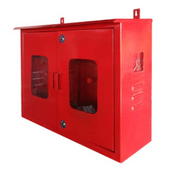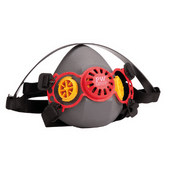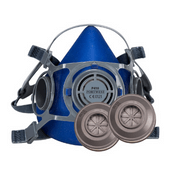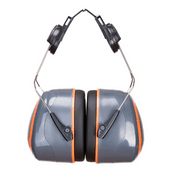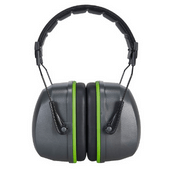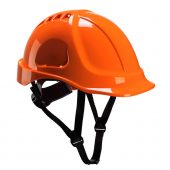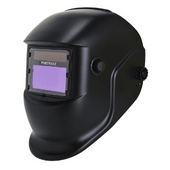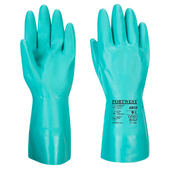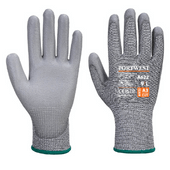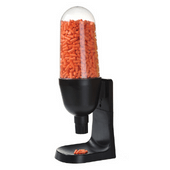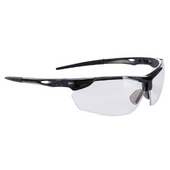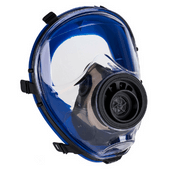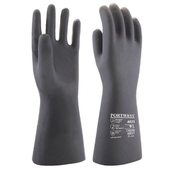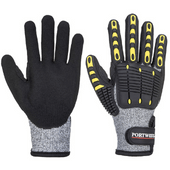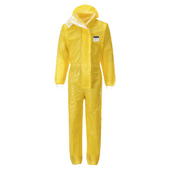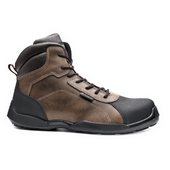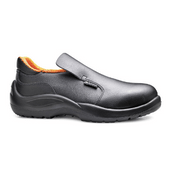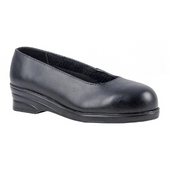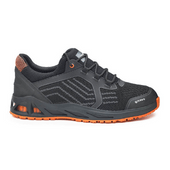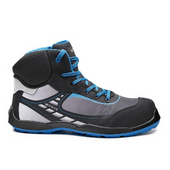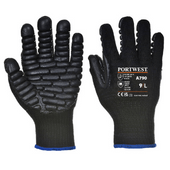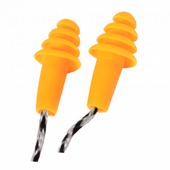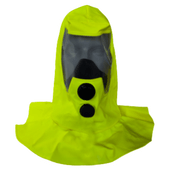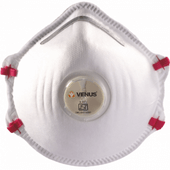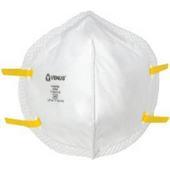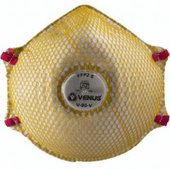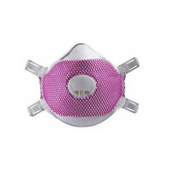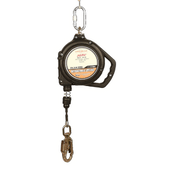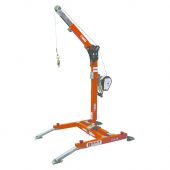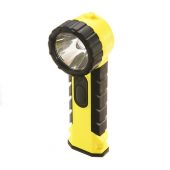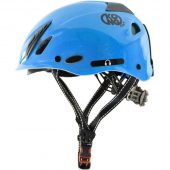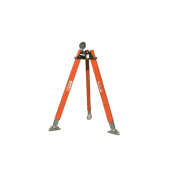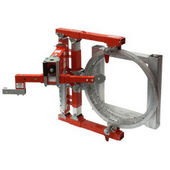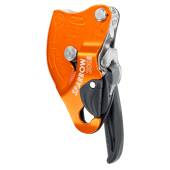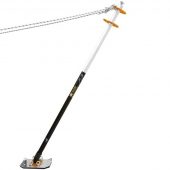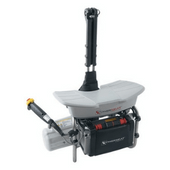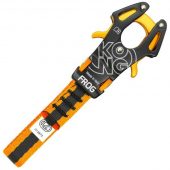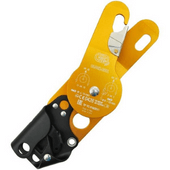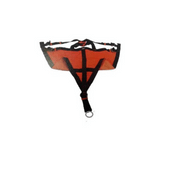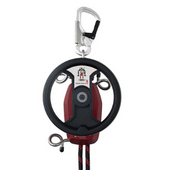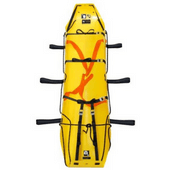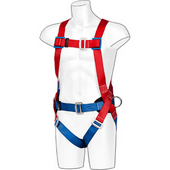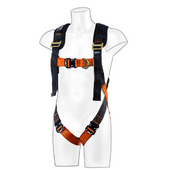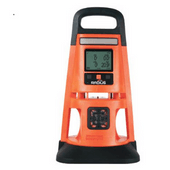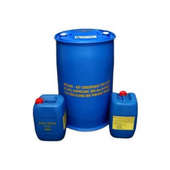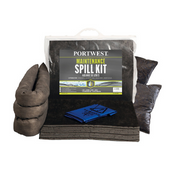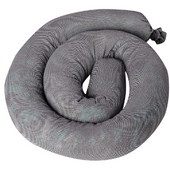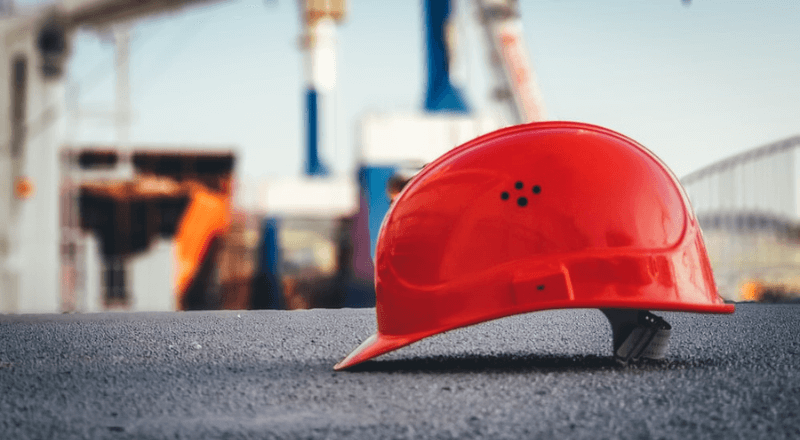
A Quick Guide to the Differences Between HDPE and ABS Shell Safety Helmets
Safety helmets are an essential safety PPE used in the workplace. They keep you safe by protecting your head from head injury or strong head impact caused by falling objects, fixed overhead obstructions, and electrical conductors.
The material used for the shell of the safety helmet must withstand stress due to
- Impact strength due to fall of a heavy object from above
- Compressive force due to entrapment of wearer in confined space
- Fall from working height
For safety helmet impact strength and compressive strength of the material is of prime importance. Other mechanical properties such as low density, high tensile, and flexural strength are also important. The material should also possess other properties such as electrical nonconductivity, withstanding working temperature, low water absorption, corrosion resistance, etc.
Materials that are commonly used for shell material are HDPE and ABS. This article will explain the differences between HDPE and ABS safety helmets so that you can choose the right one for your need.
HDPE vs ABS Safety Helmets – What’s The Difference? Why Choose One Over Another?
HDPE Safety Helmets are made from High-Density Polyethylene and are an extremely popular material for making helmets because it provides excellent strength and durability. It also offers good resistance to heat and chemicals. On the other hand, the ABS Safety Helmet is made from Acrylonitrile Butadiene Styrene which is a thermoplastic with good impact resistance and compression qualities. It is lighter than HDPE and is, therefore, easier to mold into complex shapes. This makes it ideal for making custom helmets.
HDPE is an extremely popular material for making helmets because it provides excellent strength and durability. It also offers good resistance to heat and chemicals. On the other hand, ABS is lighter than HDPE and is, therefore, easier to mold into complex shapes.
From the mechanical properties data given below, it is obvious that ABS scored high compared to HDPE
| Property | HDPE | ABS | |
| Essential Properties of safety helmet | IZOD impact, notched[j/cm] | 0.77 | 2.23 |
| Rockwell hardness R | 49 | 107 | |
| Compressive strength [MPA] | 20 | 95 | |
| Desired Properties for safety helmet | Youngs modulus [GPA] | 0.927 | 2.3 |
| Youngs modulus [GPA] | 26 | 43.3 | |
| Ultimate tensile strength [MPA] | 21.3 | 38.5 | |
| Density[kg/m3] | 970 | 1060 | |
| Flexural yield strength [MPA] | 29.2 | 67 |
Reference: IOSR Journal of Mechanical and Civil Engineering e-ISSN: 2278-1684,p-ISSN: 2320-334X PP.13-
ABS safety helmets are getting popularity in the market as they are extremely light weight and offers excellent comfort for the wearer. However, it is costlier than HDPE safety helmets due to higher material cost.






